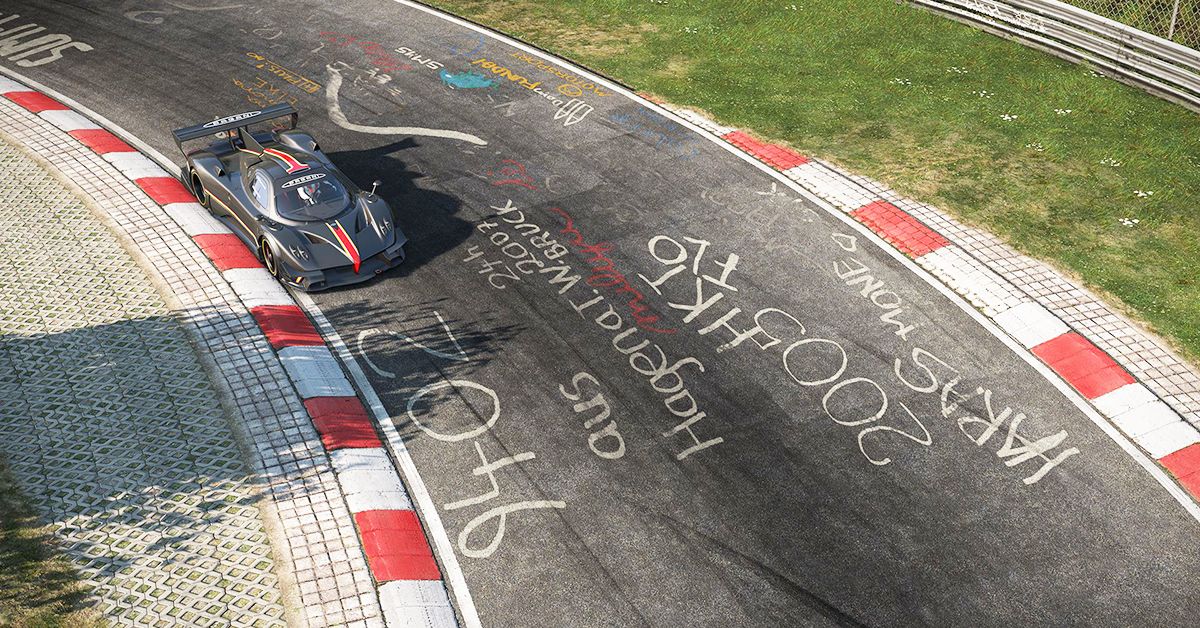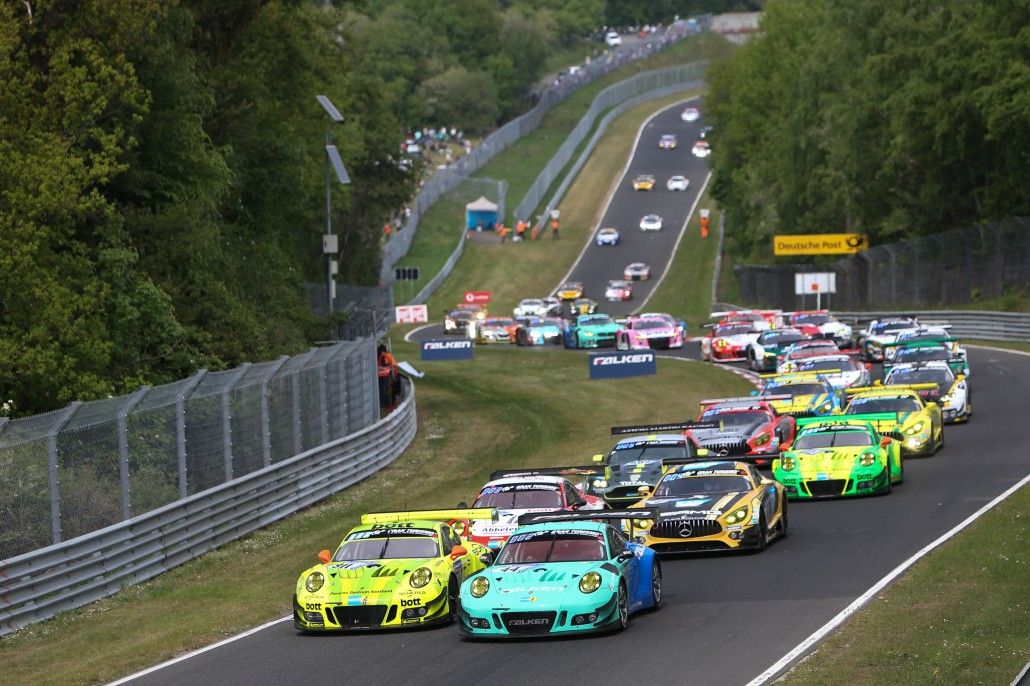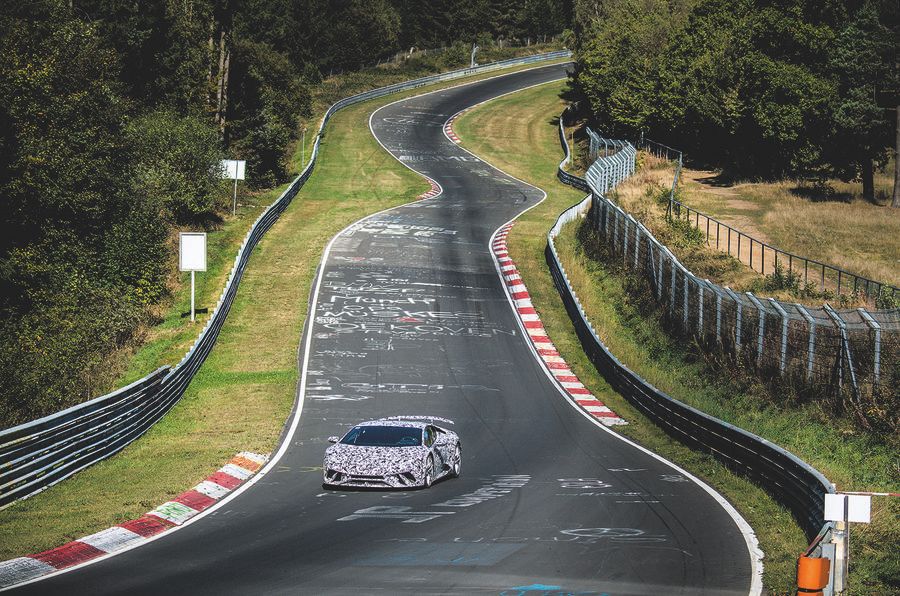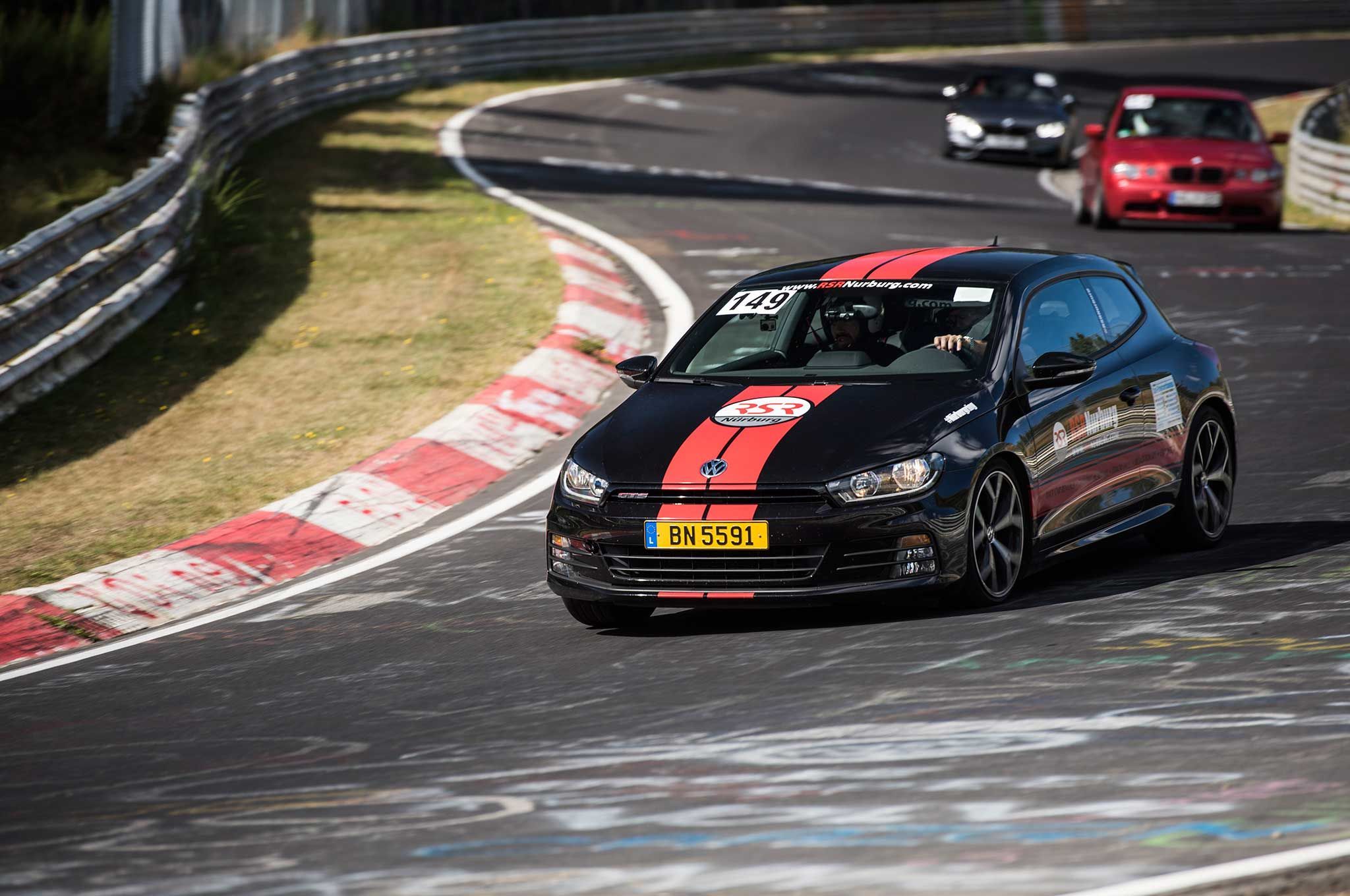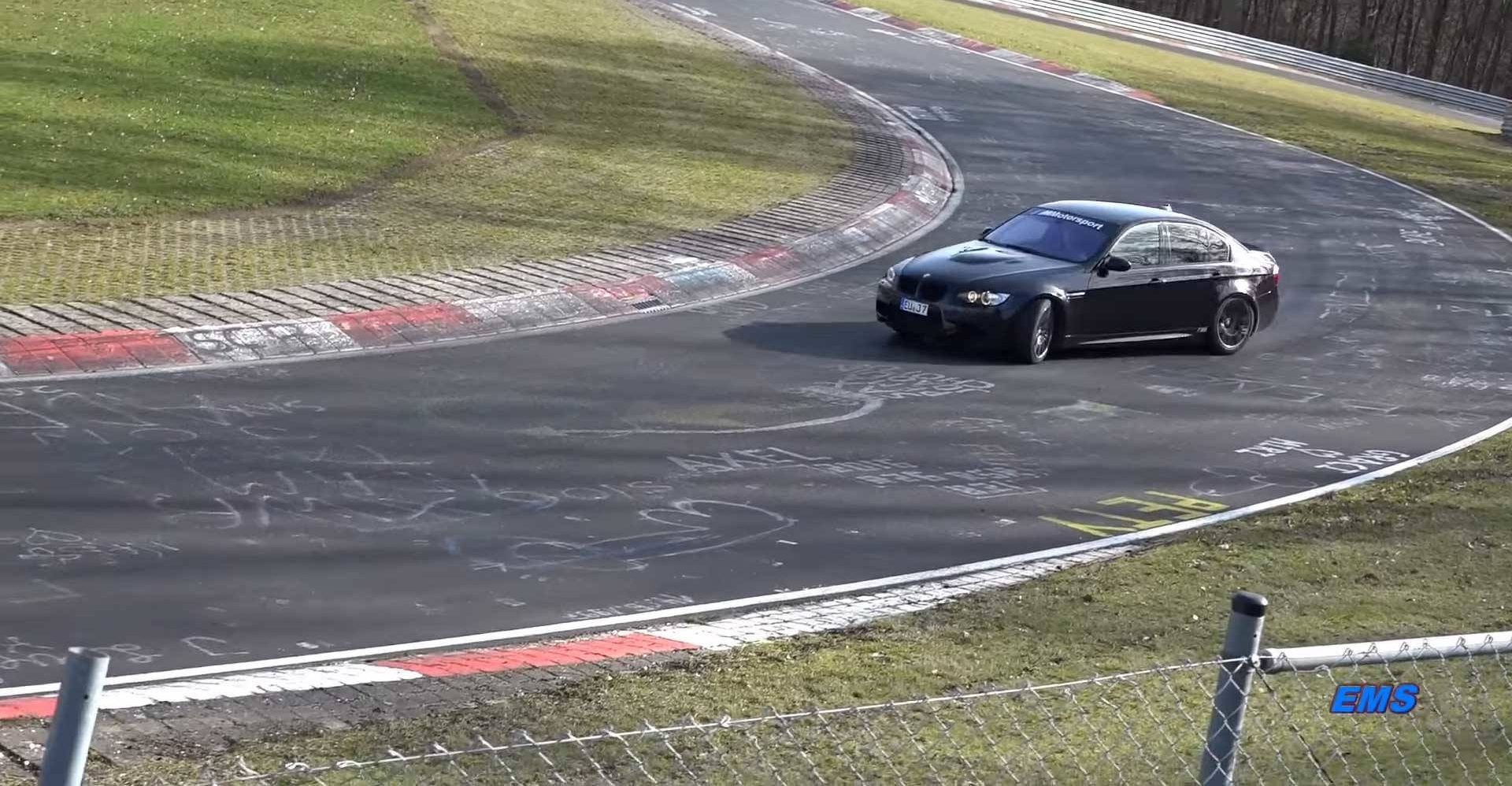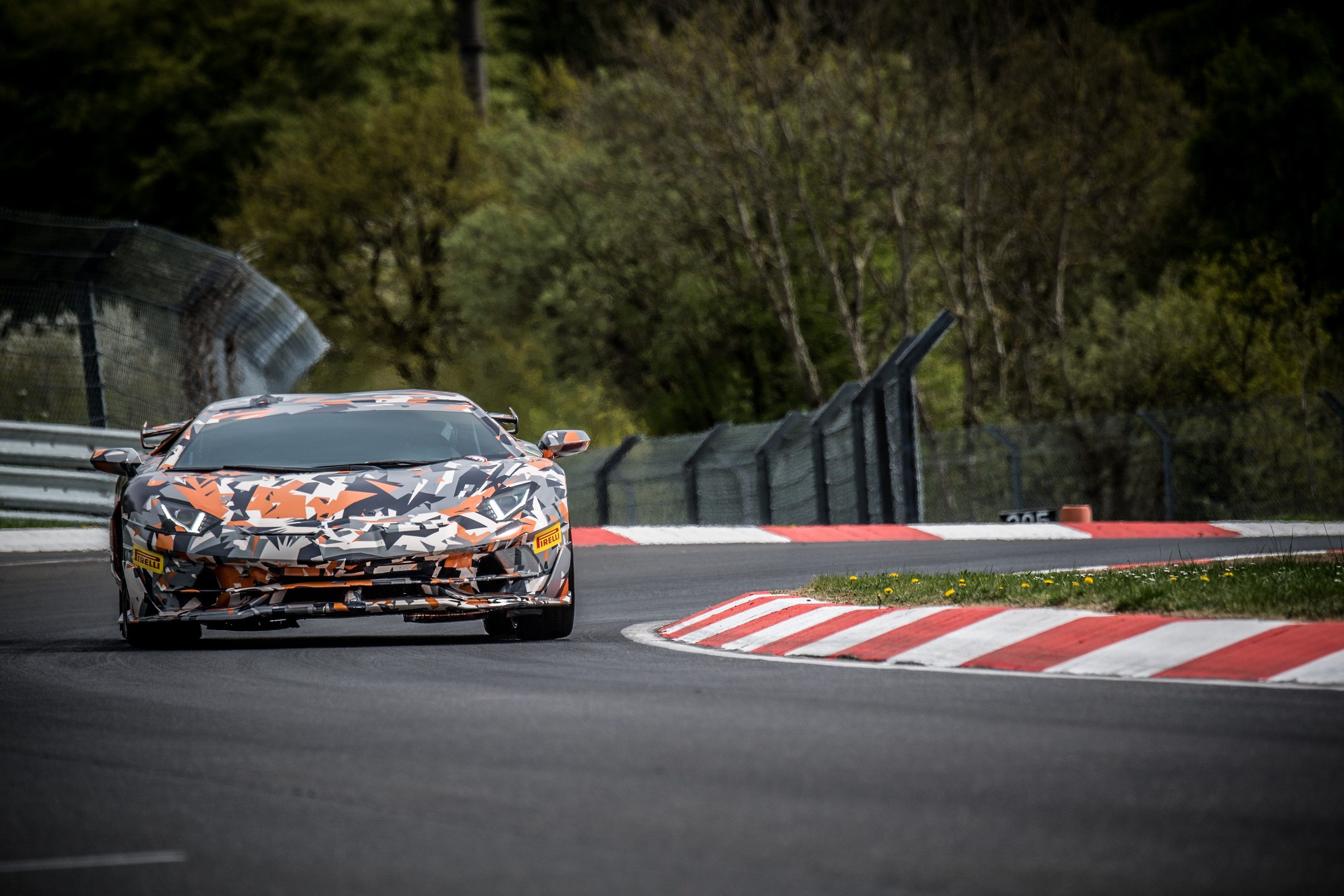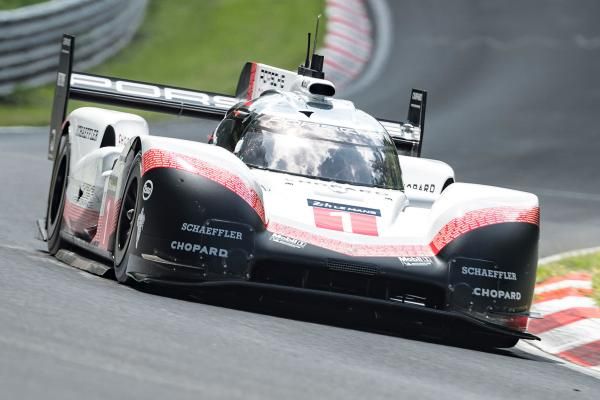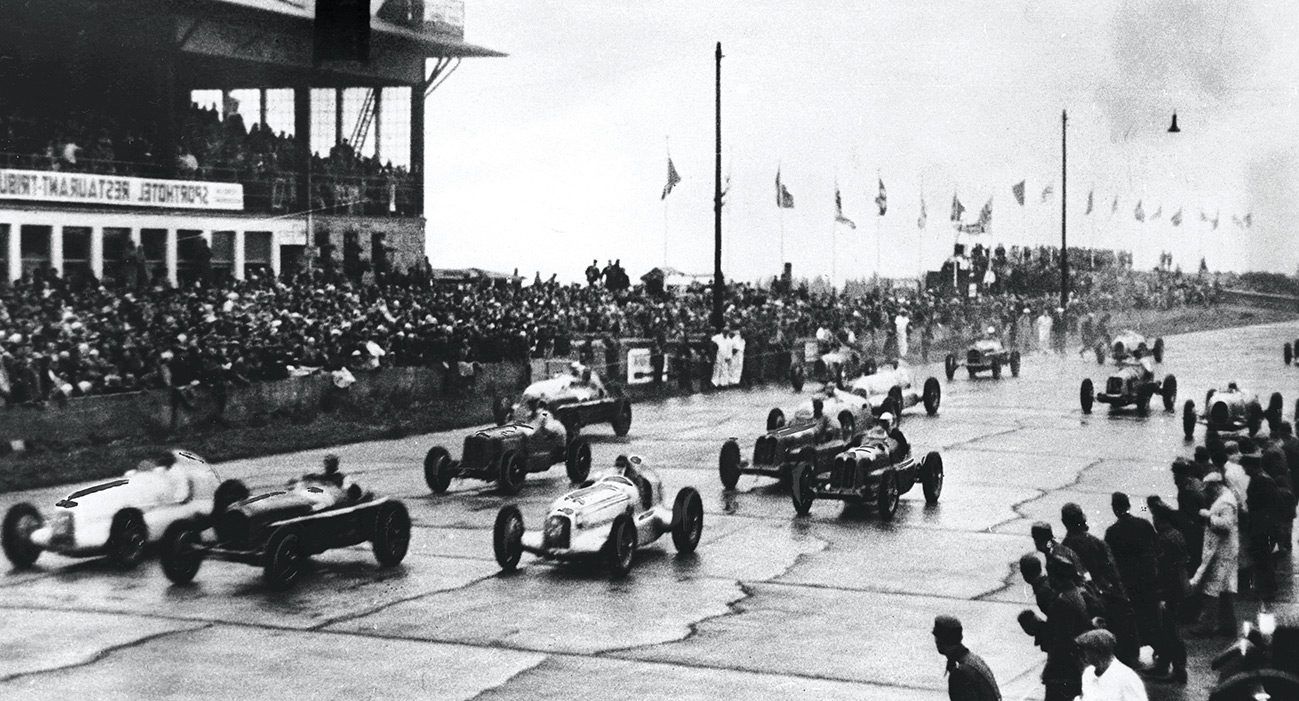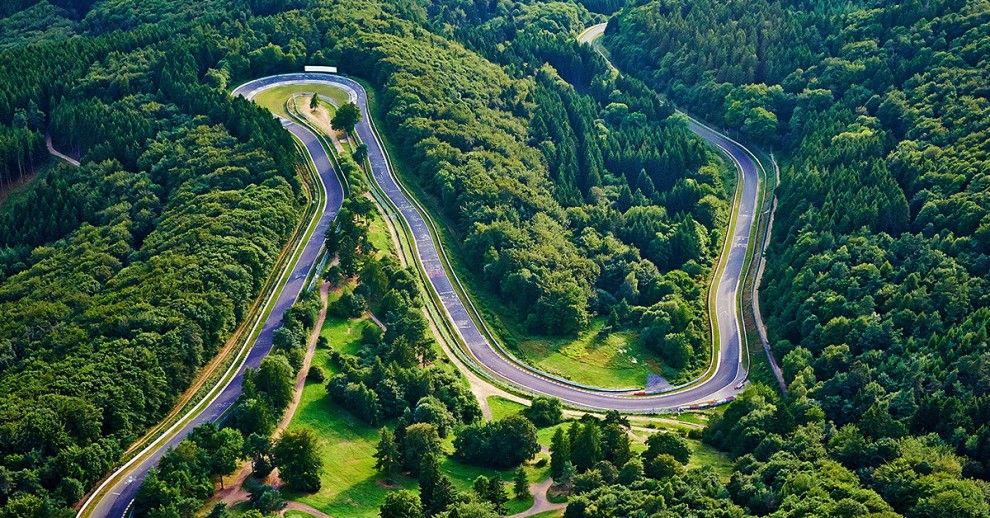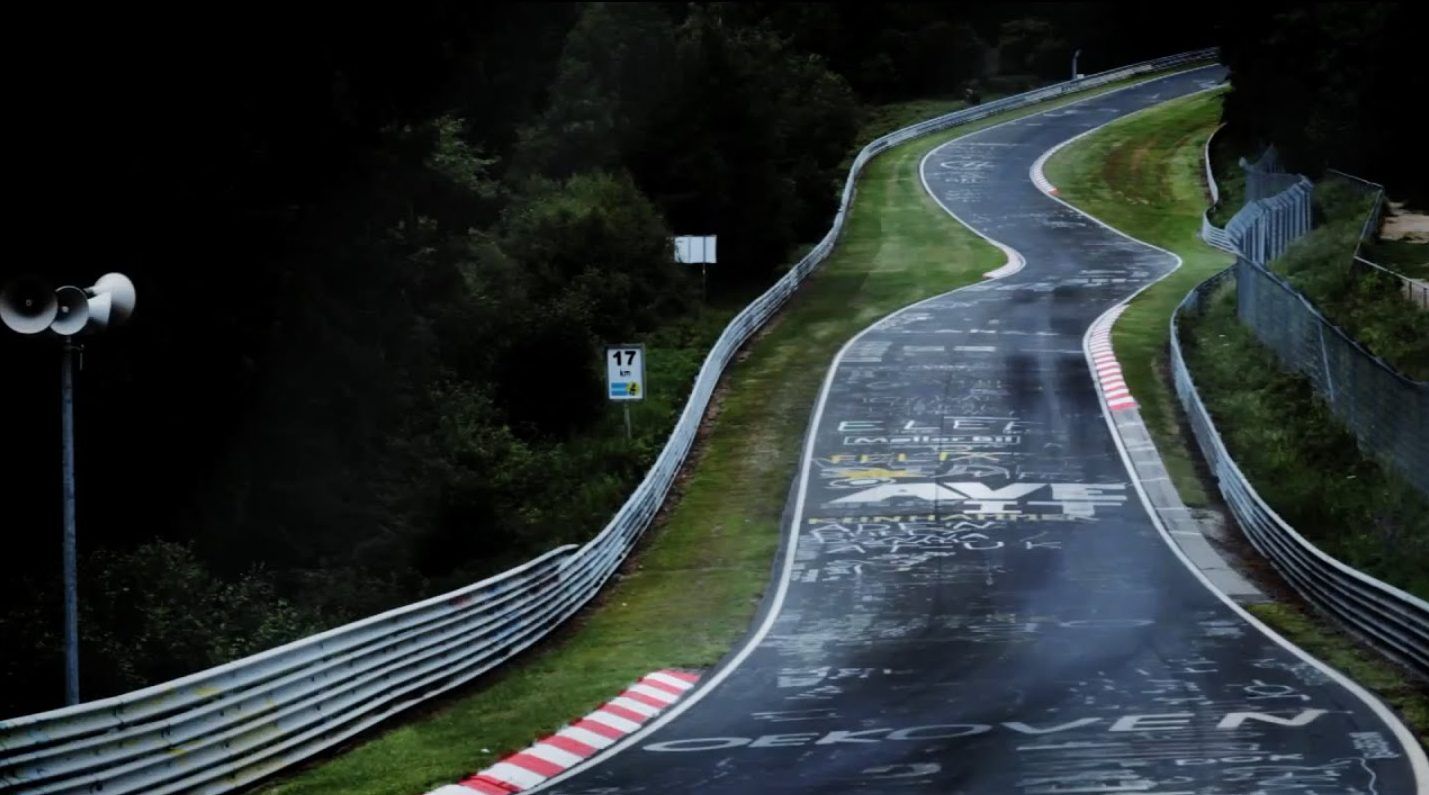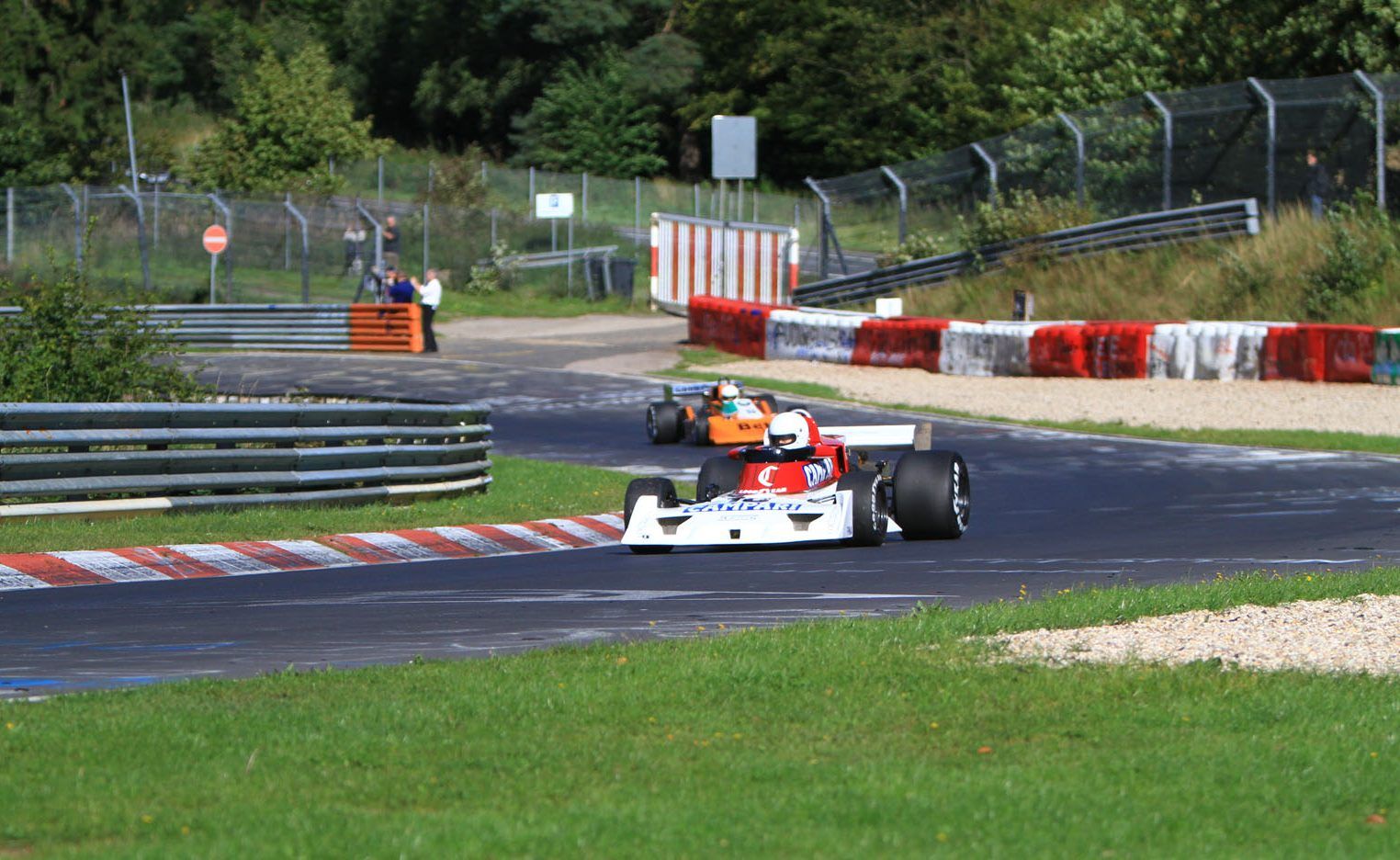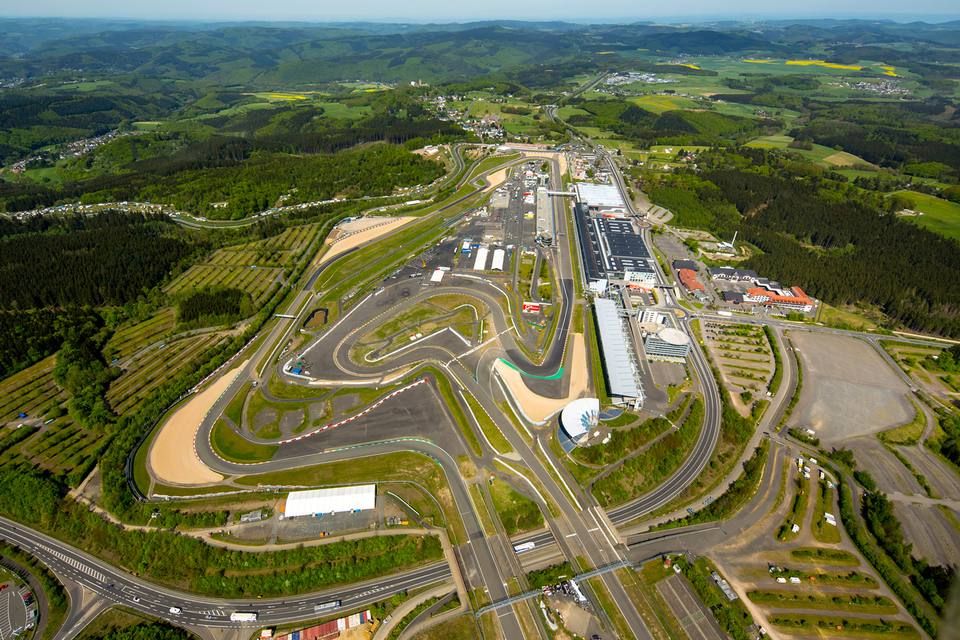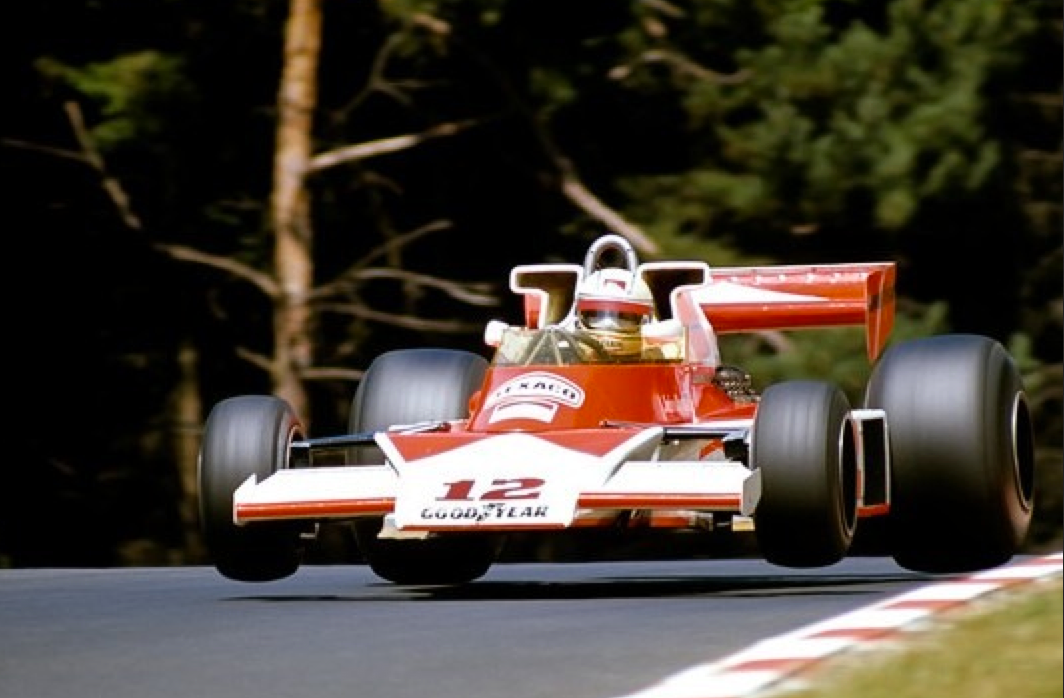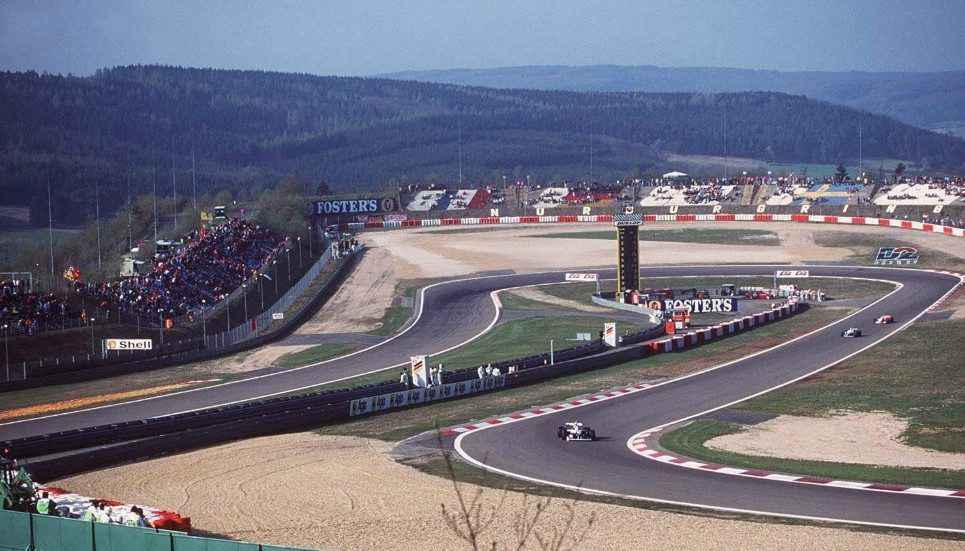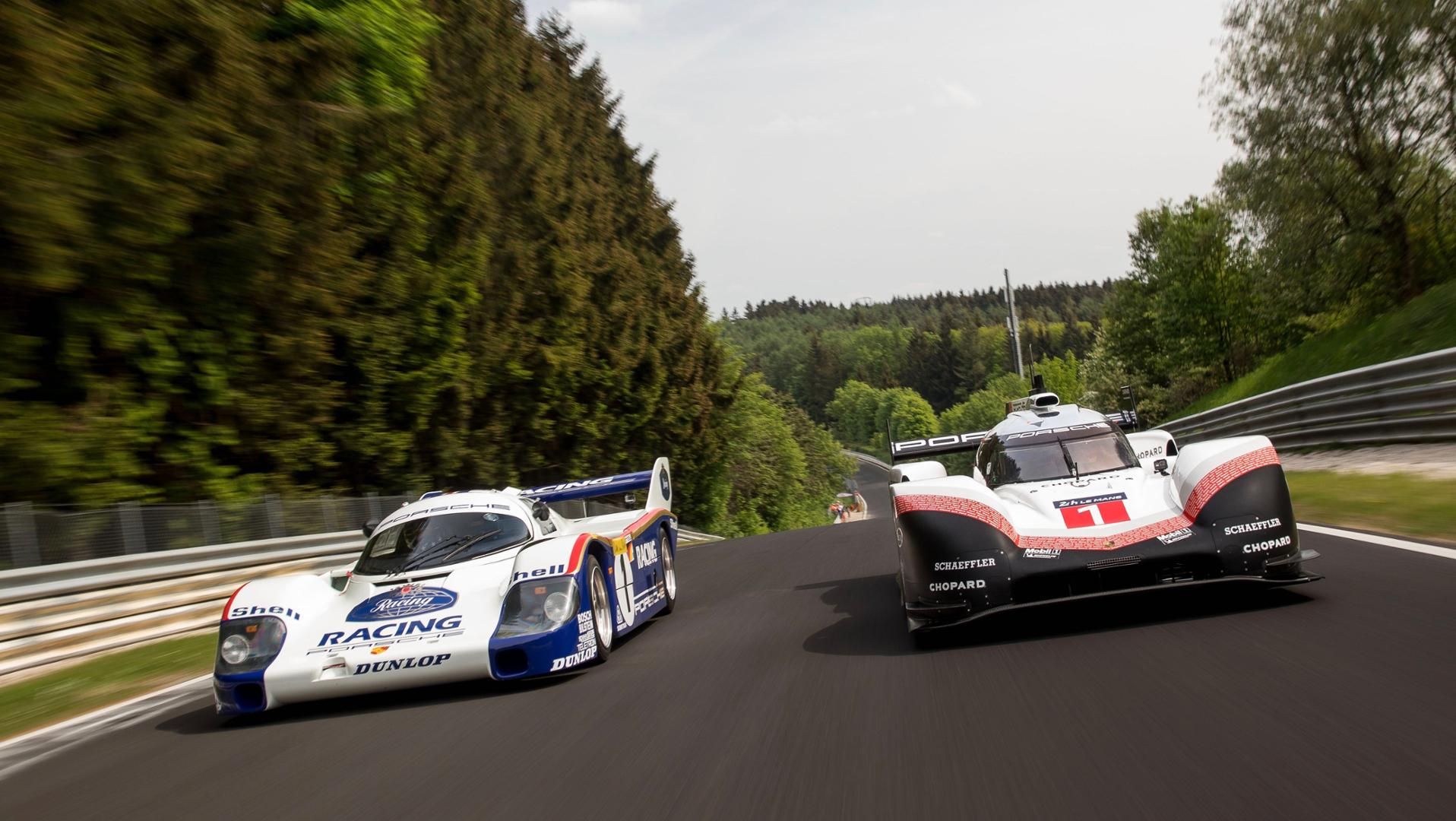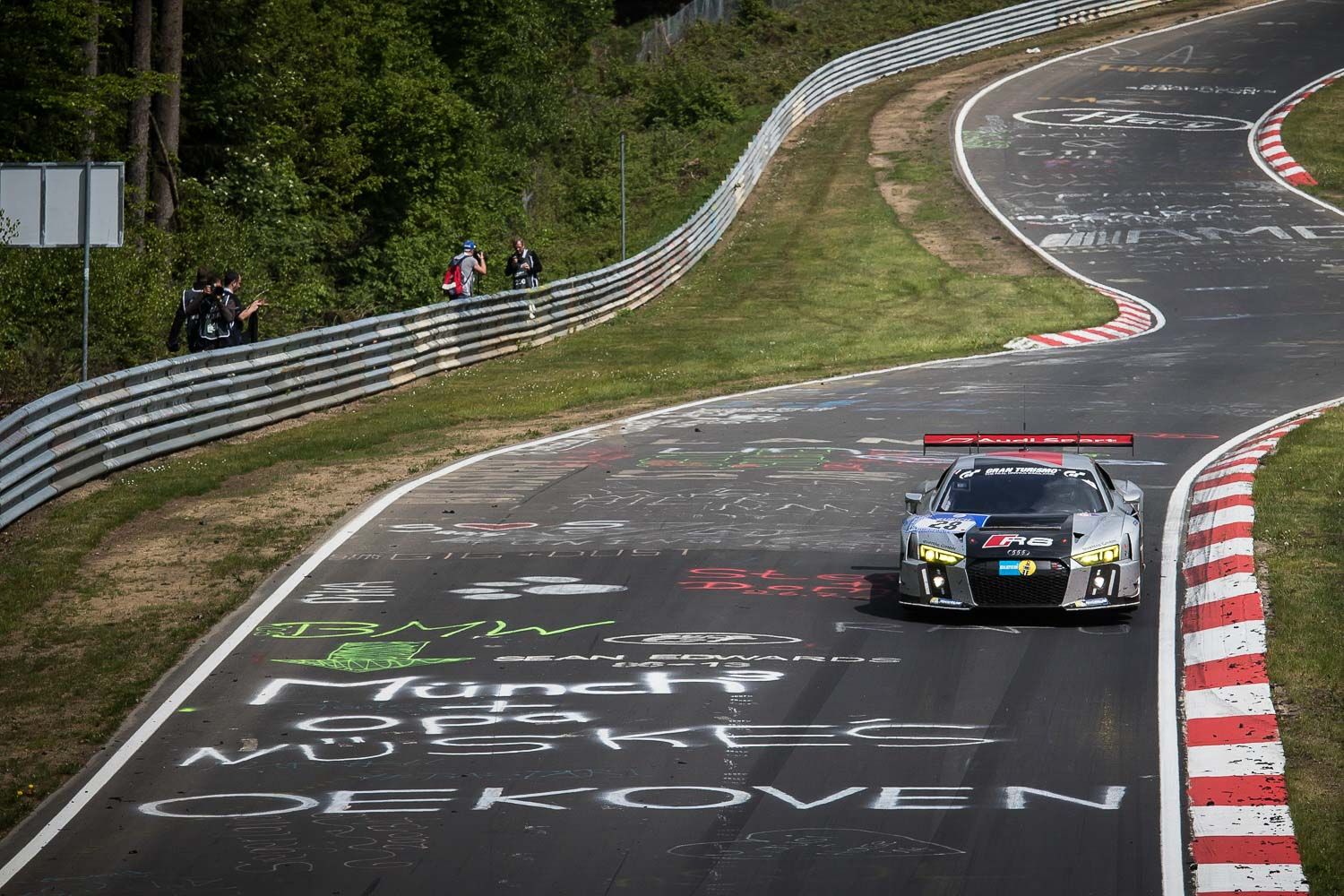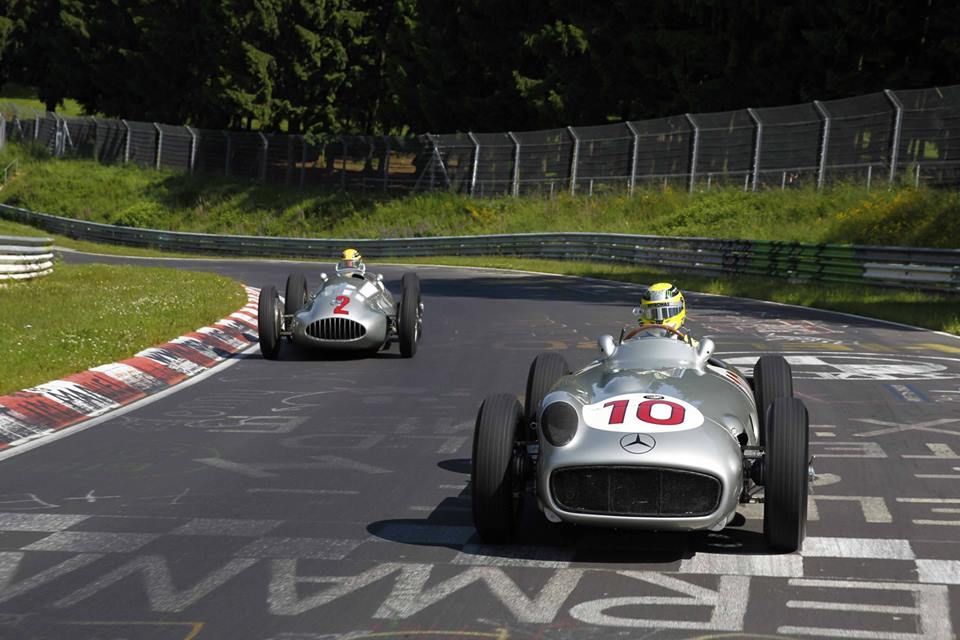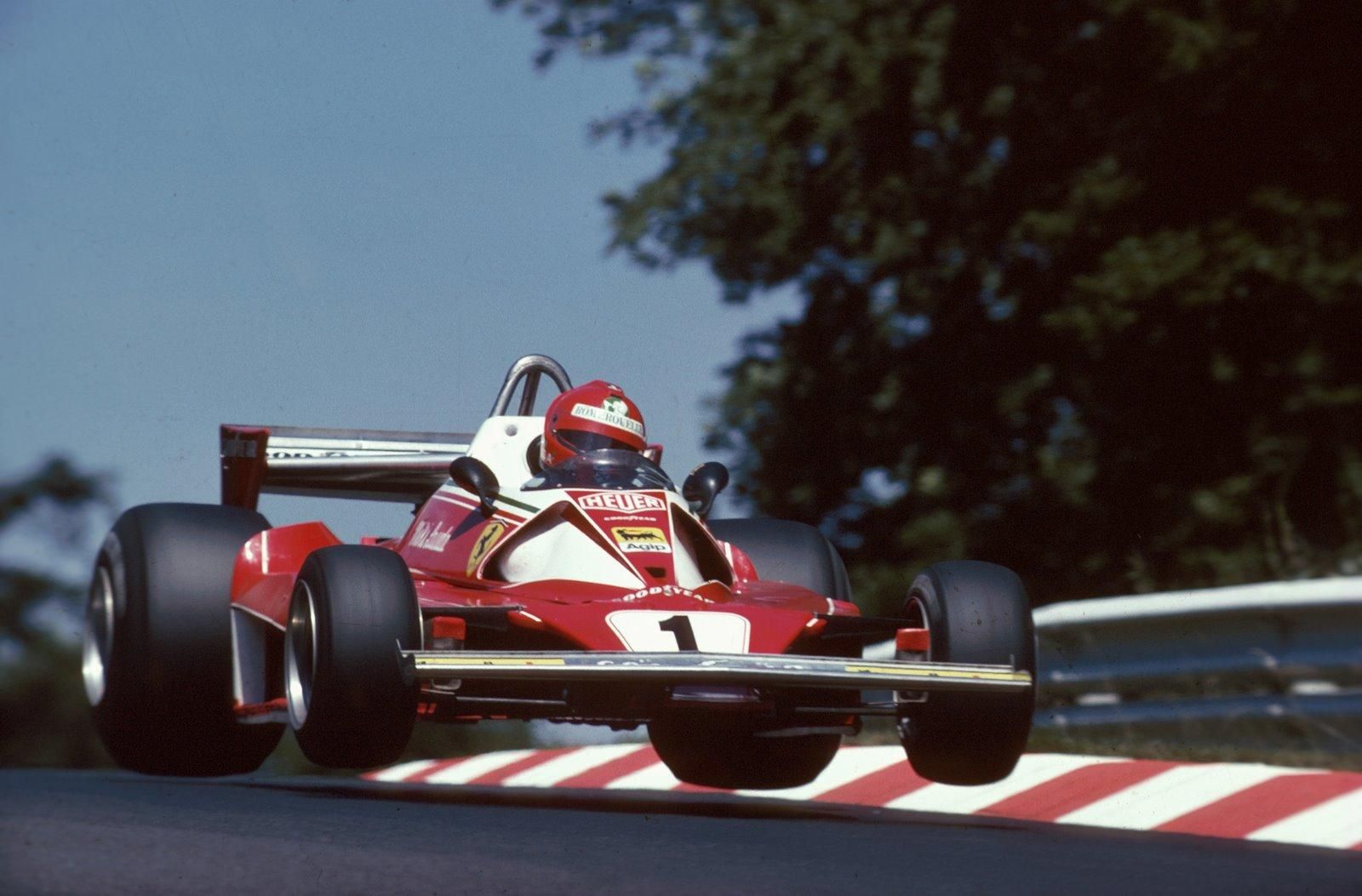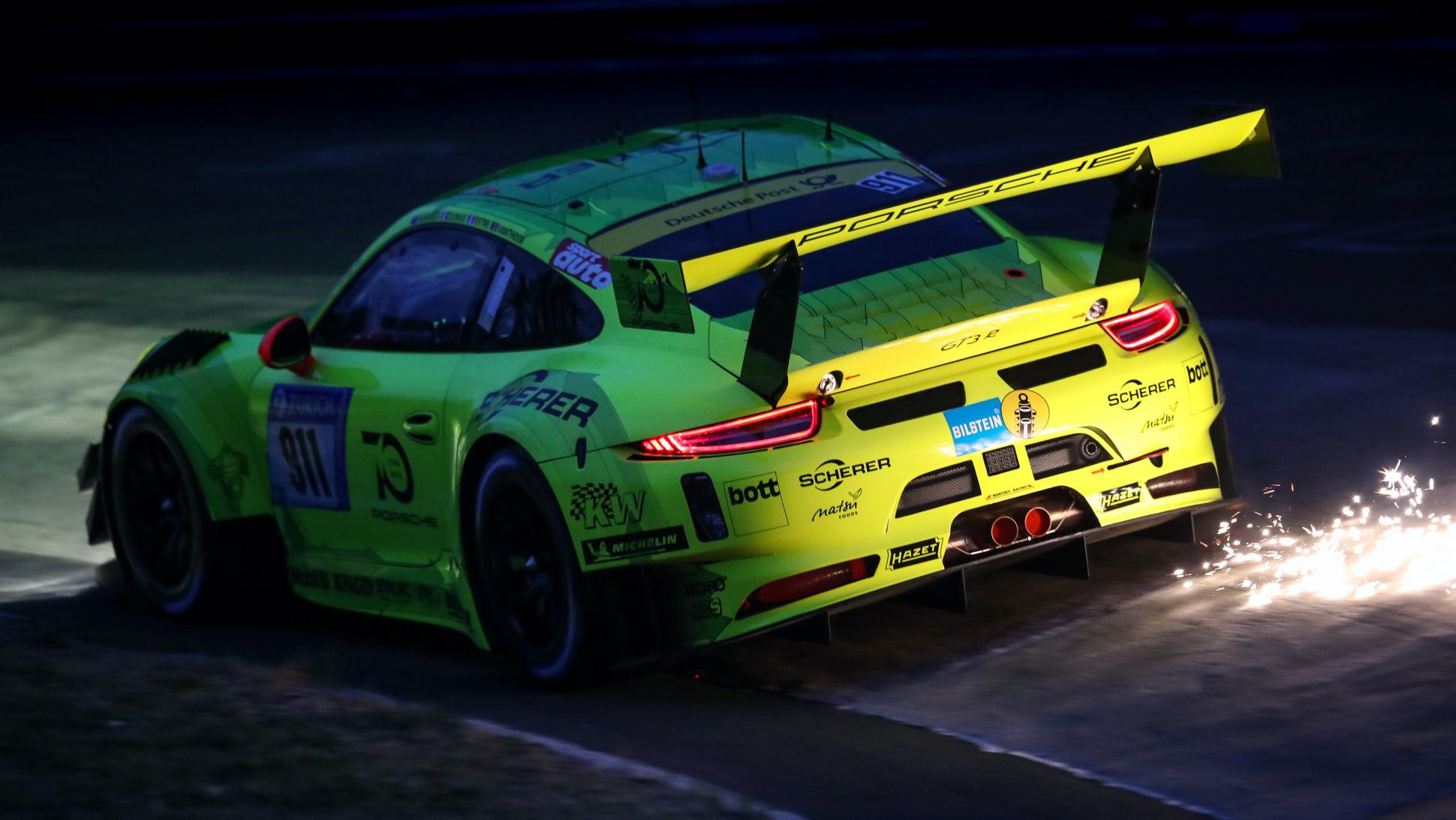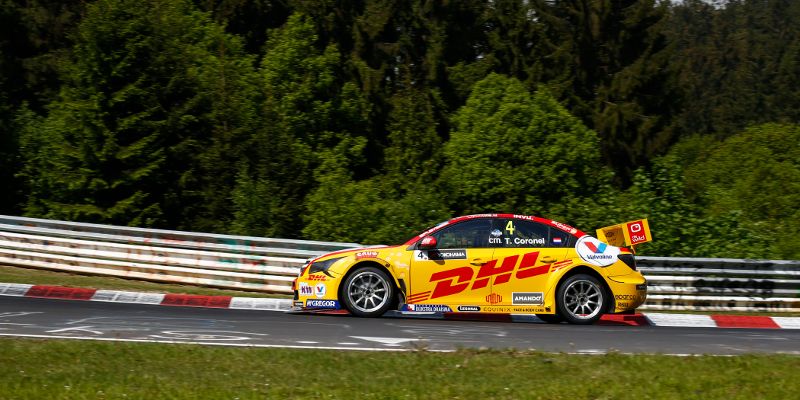There are many race circuits throughout the world that have gained legendary reputations, and some are feared by many. Some of these famous circuits include Suzuka in Japan, Spa in Belgium, and Silverstone in Great Britain. These three represent the pinnacle of the motor racing world, and in Spa's case, it indeed falls into the fearsome category.
But one circuit stands out among virtually every other track in the world as perhaps the most notorious of them all, whilst also becoming the stuff of legend and remaining so to this very day. That is, of course, the Nürburgring.
The Nürburgring has been around since 1927 and has changed very little since that time—becoming slightly shorter and used less frequently—but it still maintains the infamous reputation it has had since the very beginning. It still sees some racing action, both on the full circuit and the more modern Grand Prix track, and is also used as a test facility, as well.
With such a long history and an incredible reputation, it is only natural that many wonderful and interesting facts surround this legendary circuit. Some of them are quite bizarre and some will leave you fascinated. The Nürburgring has certainly delivered many surprises throughout its lifetime and no doubt will continue to do so before it vanishes from existence, although I think the track will be with us forever.
21 It cost 36 million euros to construct
No matter how big or small a project is, it is always going to cost a hefty sum, and the Nürburgring is no exception. The cost was originally around 14 million Reichsmarks. With inflation taken into account, the cost now to have built the track would be a staggering 36 million euros. A massive sum for anyone to foot, but perhaps good value considering how much other tracks have cost. Some of the more high tech tracks that crop up these days can cost more than double what the original Nürburgring cost, even in today's money. But you can’t argue the motoring world has certainly gotten a lot for the money.
20 The track is a toll road when open to the public
This is certainly one of the more unusual facts about the Nürburgring. The track is used for several motor racing events throughout the year, but when it is not, and when no development work is going on, then the track is in open for the public to go around.
The toll fee runs about $30 a lap.
This in turn makes the track a public road, although the high speeds and potentially dangerous traffic is different from what most drivers might think of as a normal street. This is perhaps the most unusual fact about the track, and something you probably won't get to see anywhere else.
19 Rental companies will ban you for life if you take their car around the ‘Ring
This one is certainly interesting, but perhaps a fairly understandable fact. The last thing a car rental company wants to know is that you have taken their modest car around one of the most dangerous, if not the most dangerous, race tracks in the world. But it has been reported to have happened. Unsurprisingly, the rental companies take a very dim view of the practice. So if you fancy taking your rented VW Golf around ‘The ‘Ring’ the best advice is to simply don’t. You will be banned for life by that rental company and not be able to rent from them ever again. And it seems like they're well within their rights to do so.
18 The track features 154 turns
The track is one of the longest and most complex in the world, and was renowned for its length back in the Grand Prix days, as well as its many dangers. Unsurprisingly for a track this length, it features an incredibly large number of corners.
To be exact, the circuit features 154 corners and it takes a huge amount of concentration, practice, and skill for a driver to remember so many corners intimately.
Grand Prix tracks these days are not only much shorter, but feature a lot less corners—typically somewhere around 20. It is rare to find a track with even close to as many corners.
17 1,000 feet separate the highest and lowest points
With such a long distance and incredibly difficult terrain at every turn, it isn’t surprising to see various different altitudes featured at the circuit. The difference is quite staggering, but perhaps not surprising. The circuit's highest and lowest points and separated by around 1000 feet of elevation, something that you will not find at any other circuit in the world. It puts into perspective the insane nature of the circuit, and highlights another of complexity to be dealt with by drivers. There is so much for racers to have to manage, and the Grand Prix drivers of the 1960s and 70s certainly had their work cut out for them back in the day.
16 If a driver has an accident, the family foots the bill
This is certainly something that surprised me, as it probably doesn’t happen anywhere else in the world. But maybe it makes more sense when you remember that the Nürburgring is often used as a public toll road, and yet is a race track at the same time. In the case that driers get overconfident and, for example, crash their BMW M3 into the barriers, resulting in minimal damage to the car and negligible bodily harm, but the barrier has taken a beating. The circuit take a dim view of such damage, so therefore if the damage needs a significant repair job, you and your are family are sent the bill and are required to pay for your damage. Perhaps harsh, but perhaps fair, as well?
15 Lap record is 5:19:546
I would like to point out, this is the outright record of the track, nothing to do with a production car. For many years, the record for the circuit was held by Stefan Bellof, with a time of 6 minutes and 11.13 seconds, which was set in a Porsche 956 way back in 1983.
For many years, the record stood without any legitimate contenders coming even close to breaking it.
But as part of its WEC farewell tour on June 29, 2018, a heavily modified Porsche 919 EVO Hybrid with Timo Bernhard at the wheel set a staggering record of 5 minutes 19.546 seconds, smashing Bellof’s feat by nearly a minute. If you haven’t seen the onboard footage, I strongly suggest a watch.
14 An Italian won the 1935 German Grand Prix and they didn’t play the Italian national anthem
The 1935 German Grand Prix at the circuit was certainly a dramatic one, and something that will live long in many peoples memories, even if that is just via third-hand accounts and photographs by this point.
On that day, Mercedes were supremely confident that they would win the race.
They were so confident that the only national anthem brought to the track to be played was the "The Flag on High" (since banned). So when Tazio Nuvolari of Italy won the race for Alfa Romeo, the circuit was in a bit of a pickle. Fortunately, he had been confident enough to bring along the Italian anthem himself.
13 25,000 people were utilized in its construction
A circuit of this size is going to require a lot of manpower and work hours to build, so it is perhaps not surprising that over 25,000 people were used to construct the circuit. The figure is a remarkably high amount of sweat and effort, even factoring in how large the track is compared to other courses. Also unsurprisingly, there were some fatalities as the circuit was constructed, which of course made people wonder if it was even worth building. And maybe it wasn’t, after all, as the track has claimed the lives of drivers since, as well. But it was still an incredibly impressive achievement and one that hasn’t really been surpassed to this day.
12 Its nickname
Unsurprisingly, the circuit did indeed gain some nicknames due to its dangerous and tricky nature, and one has stuck throughout its history: ‘The Green Hell.’ The nickname, of course, refers to its location being deep in the forests, and that it is effectively hell for those that drive the track. This is a name that has been used by journalists, drivers, track workers, and fans globally for many, many years. It is a name that will stick to the circuit for all time, whether it stays open forever or one day closes. The track will always have its infamous and mythical status, and will be feared by all those that drive its tarmac.
11 The 1976 Grand Prix was a focus point of the film ‘Rush’
The Nürburgring has appeared many times on both small and big screens, although perhaps its most famous appearance of all was in 2013 when it featured in the film Rush.
The film was directed by Ron Howard and showcased the epic 1976 F1 title battle between Ferrari’s Niki Lauda and McLaren's James Hunt.
The 1976 German Grand Prix was, of course, the one which saw Lauda terribly burned after getting into a horrific crash. Naturally, the Nürburgring featured heavily in the film, as this was one of the biggest talking points of that season, and Formula 1 in general, for years to come.
10 The track now features a shorter layout
Every so often, a race circuit is heavily modified and often, a shorter layout is introduced. This has happened with Spa, where the original track has mostly been left to return to public roads, or in some cases has been overgrown.
The Nürburgring still features its original variation, but there has also been added a shorter version for modern racing.
This is the newer Grand Prix circuit that was built in the 1980s, and has been used for various racing events including Formula 1, DTM, and the WEC. It is still in use today, and features as part of the Nürburgring 24 hour circuit as well as that for World Touring Cars.
9 The number of fatalities is constantly disputed
With its dangerous nature and the horrifying accidents that have taken place at the circuit, the amount of fatalities that have taken place at the legendary circuit is clearly going to be rather high. What has never been fully figured out though, and is still disputed, is the exact total number of fatalities at the track. Some place the number at around 80 in total, others go rather extreme and say 12 every year. Even so, it is no surprise that huge numbers are often talked about when it comes to loss of life, not to mention the many spectators have also lost their lives at the track.
8 The Founder
One of the rather bizarre facts about the Nürburgring is that of the man that spearheaded the incredible project. That man was Dr. Otto Creuz, who was a politician in the Eifel Region in which the track is situated.
He had an interesting life, and one that unfortunately met the most tragic of ends.
He was suspected by the Nazis of fraud and diverting funds to other areas, and this took its toll on the Doctor. With everything that had gone on, Creuz sadly took his own life, leaving behind a remarkable legacy that many enjoy to this day, and hopefully, something he can look down on and be proud of.
7 It is over 15 miles long
We have already looked at the vast number of turns on the track, which peaks at a high figure of 154, which is more than any other track in the world. Its length, though, is something that also boggles the mind, and makes you realize what a marvel this place truly is. The track itself is over 15 miles long in its current form, something that can’t be rivaled by any other permanent race course in the world. The Spa-Francochamps circuit is the longest on the F1 calendar, and that pales in comparison, coming in at just over 4.3 miles long. It shows that there truly is nothing like the Nürburgring.
6 The track initially had a North and South loop
Originally, the Nürburgring was split into two sections, with the North and South loops making up the circuit. The South loop was the ‘Nürburgring Südschleife’ and was one of the two parts that made up the full and original 17-mile-long track back when it was built. The South loop is the part of the circuit that has, however, succumbed to time and was rarely used after its construction in 1927. Updated in 1970 and 1971, the track vanished soon after the building of the current Grand Prix circuit which opened in the 1980s and is open to this day.
5 It is the birth place of the Silver Arrows
Perhaps it is rather fitting that the Nürburgring is in fact the birth place of the famous ‘Silver Arrows’ of Mercedes-Benz. It isn’t where Mercedes was created, but to a large extent, it is where the famous silver cars' legend truly developed.
Originally, the company's Grand Prix cars were painted white, but this paint added unnecessary weight.
Ahead of the 1934 German Grand Prix, the paint was chipped and peeled off the cars to give reveal their sleek, silver metal finish. Mercedes went on to win that race and to this day, Mercedes cars have always worn a silver finish, although now it is painted on as opposed to just being exposed bare metal.
4 F1 has not raced there for many years
It is perhaps not surprising that with safety becoming much more important on the Grand Prix scene and with all the fatalities at the Nürburgring, Formula 1 has not raced on the full course for many years.
The track last saw a Grand Prix back in 1976, following Niki Lauda’s horrific accident.
The newer Grand Prix layout, though, has seen Grand Prix action since then, but it also has not had Formula 1 cars on it for a good while. The last race was in 2013, won by Sebastian Vettel. Financial concerns have prevented it from carrying an alternating race with Hockenheim liked it used to, and it certainly would appear the latter circuit will stay as the home of the German Grand Prix.
3 It hosts a 24 hour race
The 24 Hours of Le Mans is perhaps the greatest race in the world, but it is not alone in being a major endurance race that lasts an entire day and night. The Spa circuit also hosts an event, and so does the Nürburgring, which uses parts of the current Grand Prix circuit and the whole of the original track. A huge number of both professional and amateur racers take part in the event, and with the circuit having micro climates due to its varied conditions, with parts of it dry and others that can be soaking wet, it is one of the most amazing racing events of the year. It is, without a doubt, also one of the most challenging.
2 World Touring Cars have recently raced there
The 24 Hours, though, is not the only major racing event that has taken place at the circuit. The World Touring Car Championship, now the World Touring Car Cup, has in the last few years held a couple of short races around the circuit, finally bringing a major racing series back to the circuit and making for an interesting spectacle. The series still races at the track as of 2018, allowing fans to experience something totally different to what is on the rest of the touring car schedule. Many hanker for a Formula 1 return, but it is something that will probably remain impossible, at least for the foreseeable future.

